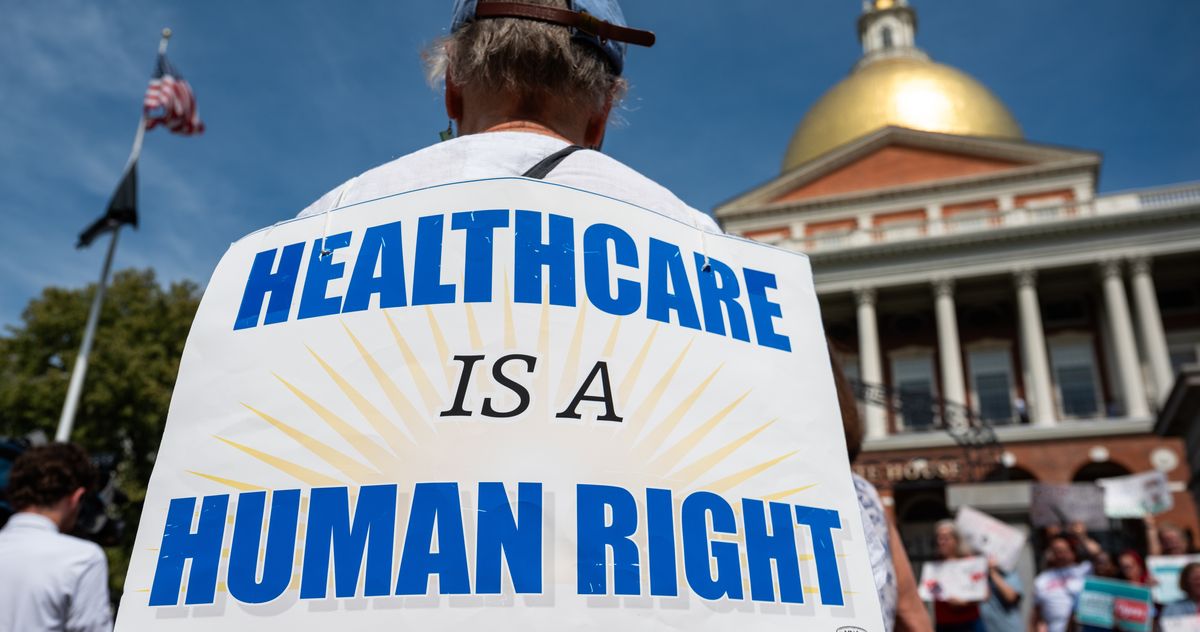
"I didn't think it mattered - I still wouldn't, if I had any choice, but two hours later, a medical assistant pricked my fingertip and told me that my blood glucose was 330 milligrams per deciliter. That seems bad, I thought. A few minutes later, I learned my A1C was also much too high, which supported one undesirable conclusion: I have type 2 diabetes, like my mother and millions of other people in the United States, and I've likely had it for a while."
"Still, there is good news: Mounjaro and metformin are effective medications. I know that from my doctor, the scientific literature, and my CGM. A month after getting diagnosed, my blood glucose has declined to safer levels, and the disease frightens me less than it initially did. Pragmatism has taken over. I already have mild neuropathy in my feet, and I'd rather it didn't get worse. If I want to feel all my toes again, the solution is medication, a better diet, and exercise."
A routine morning meal preceded a fingertip glucose reading of 330 mg/dL and a high A1C, confirming type 2 diabetes. A continuous glucose monitor and prescriptions for metformin and Mounjaro were provided, and fasting glucose later reached 400 mg/dL. Effective medications and monitoring reduced glucose to safer levels within a month. Mild neuropathy is already present, motivating treatment to prevent progression. Management relies on medication, improved diet, and exercise. Genetics and lifestyle both contribute to disease risk. Illness is not a moral failing, and pragmatic treatment aims to restore health and sensation.
Read at Intelligencer
Unable to calculate read time
Collection
[
|
...
]